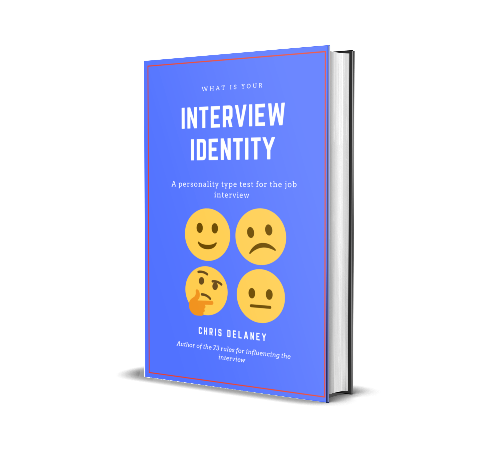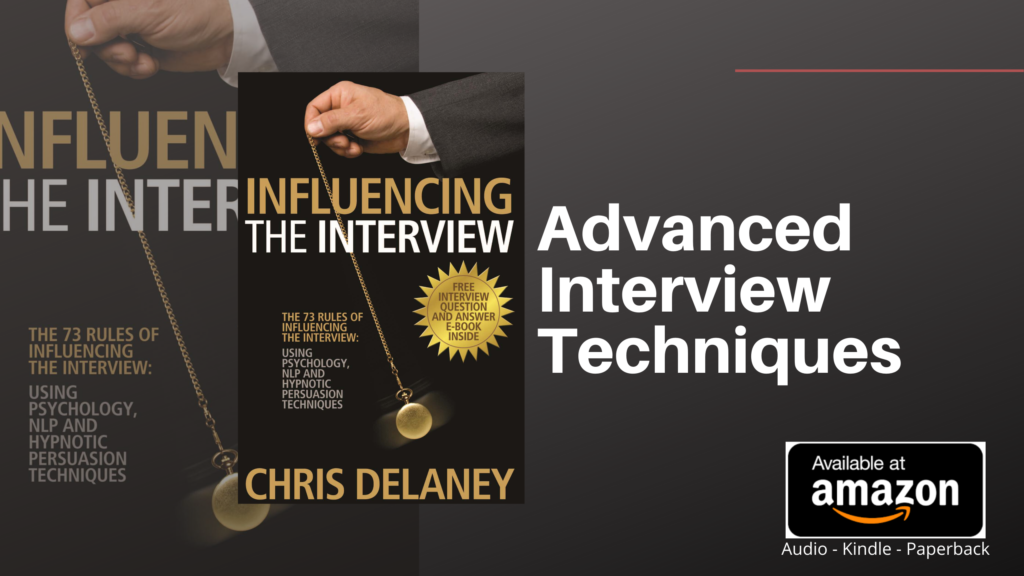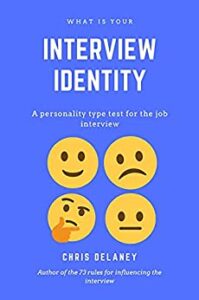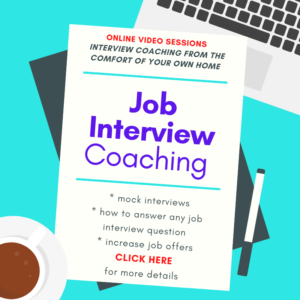As with any activity that is a constant, the more a person is skilled at the activity the more confidence they have when completing the task(s). The more confident a person is when performing an activity, the more skilled they will become at the task(s).
Job seekers in 2022 will attend more job interviews than their parents. This is due to a culture change from having a ‘job for life’ to a ‘job hopping’ mindset. Job hopping is seen as the quickest way to increase a salary and to gain promotion.
On average a career professional will have three separate careers in their career life-cycle and change roles once every three to five years. For each successful job offer and acceptation, a job seeker will attend around 6 job interviews with 6 separate organisations.
For high skilled positions the average recruitment process has 4 interview stages, including one with an AVI – asynchronous video interview.
This brings the total number of job interviews per person to 24 once every 3-5 years. Compare this to a career professional 50 years ago, who may have started out as an apprentice or graduate and worked their way up the career ladder internally, gaining a promotion once every 10 years – one job interview every 10 years, around 6 interviews in their lifetime.
The Recruitment Process is Changing
Previously an interview was a reactive process to requiring a new staff member due to, as an example, an increase in business or the replacement of a staff member. An old article in the Harvard Business Review on job interview strategies explained: ‘All too often, the inexperienced interviewer launches into a discussion only to find midway through that his preparation is incomplete’.
Recruitment processes have moved on and improved. It is well documented that the structured job interview is the best determinator of an applicant’s productivity. It is the asking of behavioral or situational job interview questions and their cross-referencing of answers against a logical scoring system that helps to create a hire from an analytical process rather than an emotional choice.
The distinction between analytical and emotional decision machining is an important one. Previously, in unstructured recruitment process ‘likeability’ was a key factor over ‘suitability’ for meeting the job criteria. Emotional hiring is filled with prejudices.
Currently, the hiring process is changing to deal with the larger number of applicants per position.
The average number of job seekers applying for an advertised vacancy is 250. For global and highly recognized organizations; Meta, Google, BMW, and Amazon, the number of applicants per position can be up to 25000.
Employers know that making the recruitment process easy and quick keeps the attention of 1st-choice applicants (candidates that often get offered job roles due to their experience/knowledge and confidence in a job interview – their interview identity)
An easy process for a well-known brand increases the applications to an extent that no human can process the volume of resumes and CVs that is received. This increased workload for reviewing applications has been passed to AI bots.
Application Tracking Systems (ATS) are used, and increasingly being adopted by a high number of businesses, to review the initial application – a resume, CV, and online application form. The AI bot scans the documents looking for industry-relevant keywords and experiences to check the suitability of each applicant.
The shifting stage of applications used to be completed by HR professionals but is now a fully automated process.
In four-stage recruitment process, the second stage – an online video is also fully automated using an AVI. The AI bot asked questions which are answered within a set time frame and again reviewed via the AI bot’s algorithm.
It is only when the hiring manager reduces the 25000 applications down to 6-8 do humans get involved.
Get Interview Ready
Today’s job seeker must possess job interview skills.
The high volume of potential job interviews across their career creates an urgency to upskill for a job interview. The three key areas of growth must be:
- The identification of the job criteria and potential job interview questions
- The ability to self-promote when stating interview examples and the use a strength-based language
- The ability to confidently communicate to ensure positive messages are being received by the hiring manager
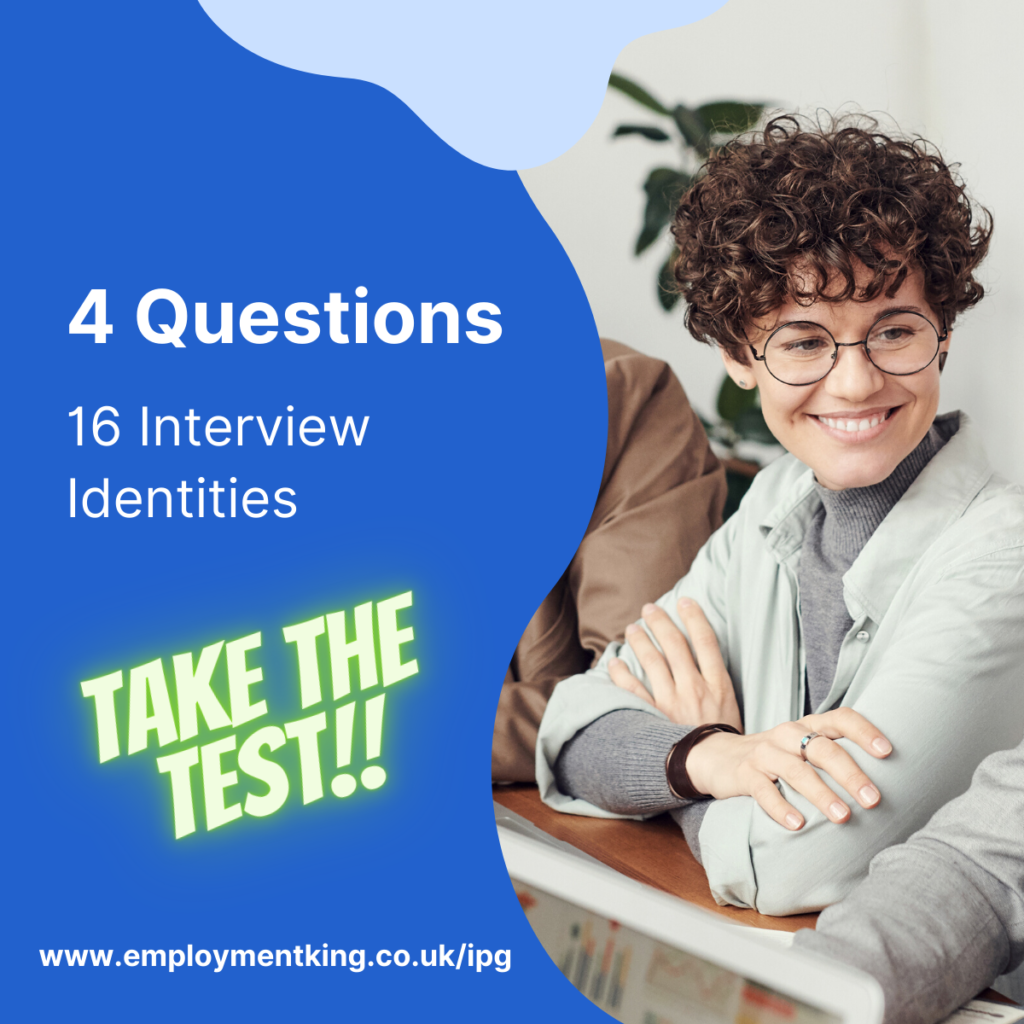
In addition, the modern job seeker must be comfortable when being interviewed by an AI bot – the AVI asynchronous video interview system. This includes being confident talking on camera within a set time period while stating enough ‘keywords’ to be granted an offer to attend a ‘human’ interview.
The ability to recall prepared high-scoring interview answers that give examples and data that meet the job criteria during the various interview stages is key to an increase in job offers. Public speaking, therefore, is an essential skill. Professional speakers have learned the skill of crafting a speech (or interview answer) that is engaging, interesting, and relevant to the audience (interview panel).
‘Winging it’ is no longer an option. Having a lucky day may have previously been enough to secure a job offer, but with the introduction of multiple interview rounds it is only a skilled interviewee, one with a positive interview identity, that can beat the competition round after interview round.
Confidence has always been an important part of the recruitment process. Now more than ever, confidence is the golden key to unlocking a new job offer. Confident candidates are more likely to give state the job criteria, give longer answers, use pauses rather than filler words, and to build rapport with the hiring manager.
For very few confidence seems like a natural skill. For most having confidence when being the centre of attention in a job interview, confidence comes from many hours of job interview preparation and practice:
- Breaking down the job advert into potential interview questions
- Writing, editing, and rewriting interview answers
- Mock interviews and practice out loud
- Public speaking practice, including storytelling
- Researching the interview team to create familiarity – as this reduces anxiety
- Preparing for common or cure ball interview questions
- Gaining beliefs in ones own ability and experience



